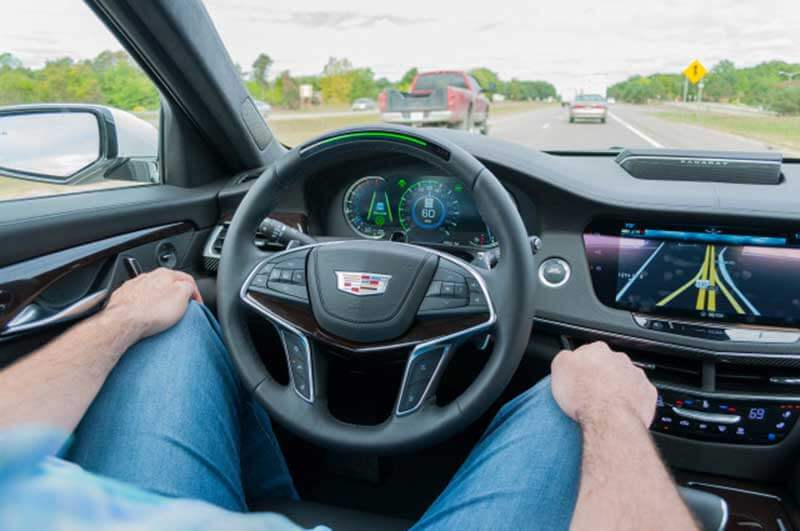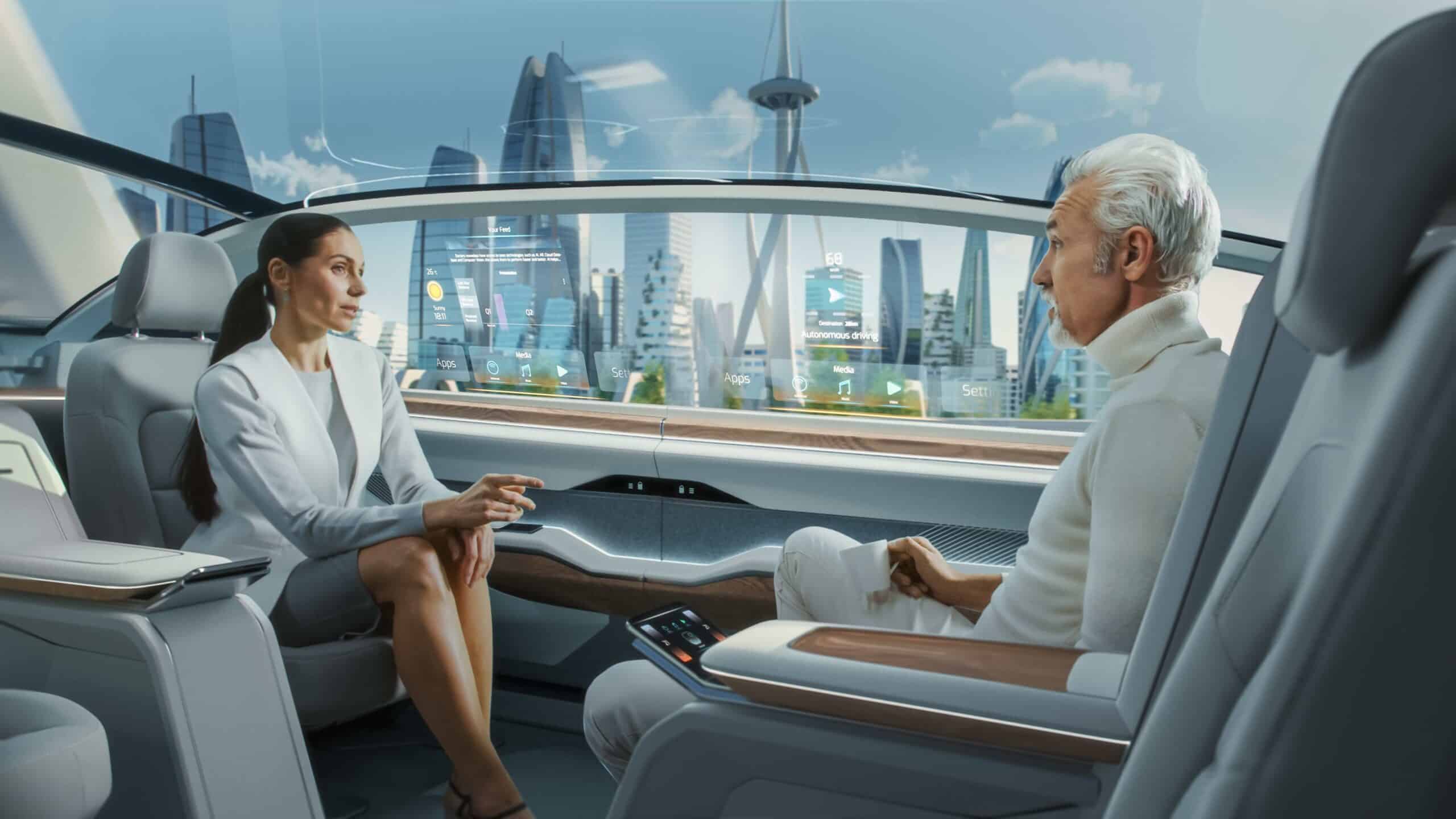- MIT’s Computer Science and Artificial Intelligence Laboratory took the first steps
- Nissan’s Brain-To-Vehicle system is keeping the person in charge of automated driving
- Will the technical challenges prove too much?
- Critics are worried about privacy, too
The driverless car revolution is nearly here. Soon, smart algorithms will be able to do the hard work for us, improving safety and letting us take care of other business as we ride in comfort. But the shape of things to come isn’t clear, and many consumers are less than welcoming of full machine control in their cars. In fact, a recent MIT survey found that 48 per cent of its respondents “would never purchase a car that completely drives itself”. Leading automakers are listening, and Nissan is experimenting with new tech to find a driverless system that’s safe, while still allowing people to feel like they’re in control.
MIT’s Computer Science and Artificial Intelligence Laboratory took the first steps
Complex automated systems can be a poor fit for the people who use them – and driverless cars are really, really complicated systems. It can be tough for people to understand automation or to predict what it’s going to do. For self-driving systems to be accepted by the public, both are critical.
To understand the problems of machine-human interaction, it’s useful to consider simpler interactions like something as basic as a robotic arm assembling parts in a factory. For human supervisors, communicating problems to the robot can be cumbersome, frustrating work. Maybe it swings too close to nearby workers or moves in unexpected ways. But how can humans find a better way to work with machines?
As Joseph DelPreto, a Ph.D. candidate at MIT’s Computer Science and Artificial Intelligence Laboratory (CSAIL), explains, “When humans and robots work together, you basically have to learn the language of the robot, learn a new way to communicate with it, adapt to its interface.” That’s a lot easier said than done, and so the CSAIL team wanted to try a new approach. “In this work, we were interested in seeing how you can have the robot adapt to us rather than the other way around.”

The key to their experiment was part neuroscience and part high-tech sensors. When you think, your brain’s neurons fire tiny electrical signals. For some time now, we’ve had the tech to sense and translate those biochemical thunderstorms, decoding the language of the brain. To do this, researchers use a brain-computer interface (BCI), a wearable array of sensors that can capture these inputs and translate them to a computer. This has allowed incredible breakthroughs like the mind-controlled prosthetics we’ve written about before.
In this case, the CSAIL team wanted the BCI to look for “error-related potentials” (ErrPs) that our brains produce automatically when we make a mistake or see someone else make one. The idea was pretty simple: if a supervisor wears a BCI, when they see a robot make an error, the machine will get automatic feedback, essentially learning to speak human.
“I see it in use for any complex human-machine interaction where most of the burden is on the machine side, because of its capacity to do tasks almost autonomously, and humans are simply supervising,” says José del R. Millán, an associate professor at the École Polytechnique Fédérale de Lausanne. And as we look toward a future driven by automated cars, this kind of research is shaping the design of driverless cars.
Nissan’s Brain-To-Vehicle system is keeping the person in charge of automated driving
Daniele Schillaci, an executive vice president at Nissan, wants to change your picture of the future of driverless cars. “When most people think about autonomous driving, they have a very impersonal vision of the future, where humans relinquish control to the machines,” he says. “B2V technology does the opposite.”
Nissan’s vision is BCI-assisted driving, augmented by artificial intelligence (AI). Imagine driving on a motorway. You see an accident ahead, and need to brake quickly and steer sharply into another lane. Nissan’s B2V system would recognise these thoughts and begin the required manoeuvres before your hands and feet could react, increasing reaction time by as much as half a second. That may not sound like much, but at motorway speeds, that can mean 17 metres – the difference between emergency avoidance and a collision.
Will the technical challenges prove too much?
But no one’s sure exactly how this system will function in practice – details are scarce at this point. One problem is that wearing a BCI is, at present, like sporting a wired colander on your head, hardly a pleasant experience for daily driving. Nissan is aware of this obstacle to marketability, and a representative told The Verge that the proposed “device is easy to wear, lightweight and features high-performance dry-sensors. We made the device wireless so the driver will hardly know it’s there when it’s worn.”
There are also profound technical challenges to what Nissan proposes. “The brain is used for all sorts of things, so sorting out the signal you want from the noise of other brain activity is often difficult,” cautioned Dr Chris Gerdes, a professor at Stanford University’s School of Engineering. No one’s yet sure how Nissan plans to quiet that noise and hear what the driver’s brain intends to do. But don’t let that dampen your enthusiasm. This is early-stage work, and that same Nissan rep warned The Verge’s Sean O’Kane not to expect this system anytime soon. “It’s something that’s being shown in a relatively early phase, and is not yet close to implementation… We are aiming for practical application in 5 to 10 years.”
Critics are worried about privacy, too
But critics like Dr Jim Sayer, the director of the University of Michigan Transportation Research Institute, aren’t convinced. “Anything that would require the driver to wear any type of sensor would be deemed intrusive,” NBC News reported. Because a BCI is designed to read your mind, he’s concerned about what else it might know about you. “I think that some drivers might also wonder what other thoughts are being monitored. So I’m not too sure about the practicalities of the technology’s adoption,” he explains.
These concerns notwithstanding, Nissan’s B2V system is a stunning re-imagination of automated driving. For many consumers, the idea of a car driving itself is just too much. Nissan is responding to that concern before it stalls the driverless car movement, and with its exciting experiments, is charting a path to a future in which drivers retain control over their automated vehicles.



